
It’s frustrating when a game relies on a unique accessory that isn’t used in many other games, especially if the developers don’t continue to support it. Players often buy the accessory and the game, but then find there’s little reason to use them again. This has happened with things like cameras, motion sensors, musical instruments, and special toy connectors – all requiring extra hardware that rarely found a place in other game collections. Here are some notable examples of games where needing that specific accessory made it an expensive and limited purchase.
‘Steel Battalion’
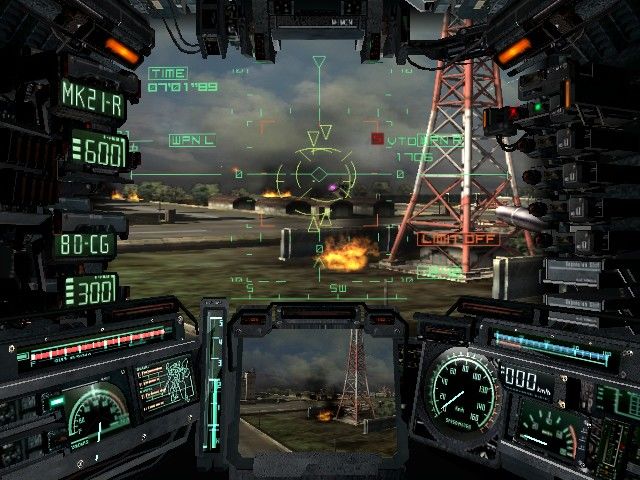
Capcom’s mech game for Xbox came with a huge, complex controller featuring many buttons, joysticks, and pedals. The game required this large controller to work, meaning players needed a dedicated setup. Only one other game used the same controller, and it never became widely supported. Ultimately, the controller’s lifespan was tied directly to that one specific game series.
‘Tony Hawk: Ride’
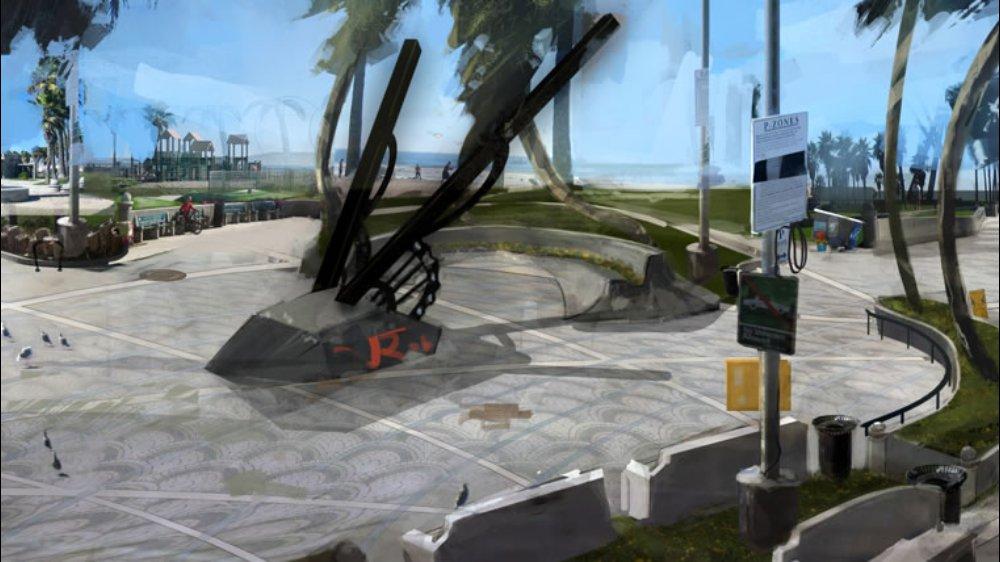
This game replaced the traditional controller with a wireless skateboard that sensed movement. The board was required to play and took up a significant amount of room. Very few other games supported it, and its limited functionality made it difficult to use with anything beyond its original purpose.
‘DJ Hero’
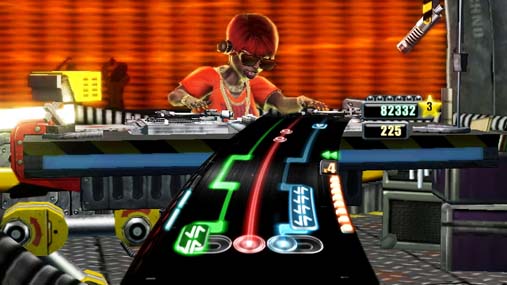
Activision created a special turntable controller with a crossfader and spinning disc, designed to match the on-screen mixing in the game. This controller was key to the gameplay and offered a different experience compared to guitar-based rhythm games. Unfortunately, it wasn’t supported by many other games beyond its direct sequel, leaving players with a device that was only really useful for one specific type of rhythm game.
‘Guitar Hero Live’

This updated version of the game changed the button layout from five colored frets to a new six-button, two-row system, and this new layout only worked with the latest guitar controller. Existing controllers weren’t compatible, and the new guitar couldn’t be used with older games. Unfortunately, no other games were ever released that used this same button setup, meaning players had to buy special hardware for just one limited series of games.
‘Rock Band 3’
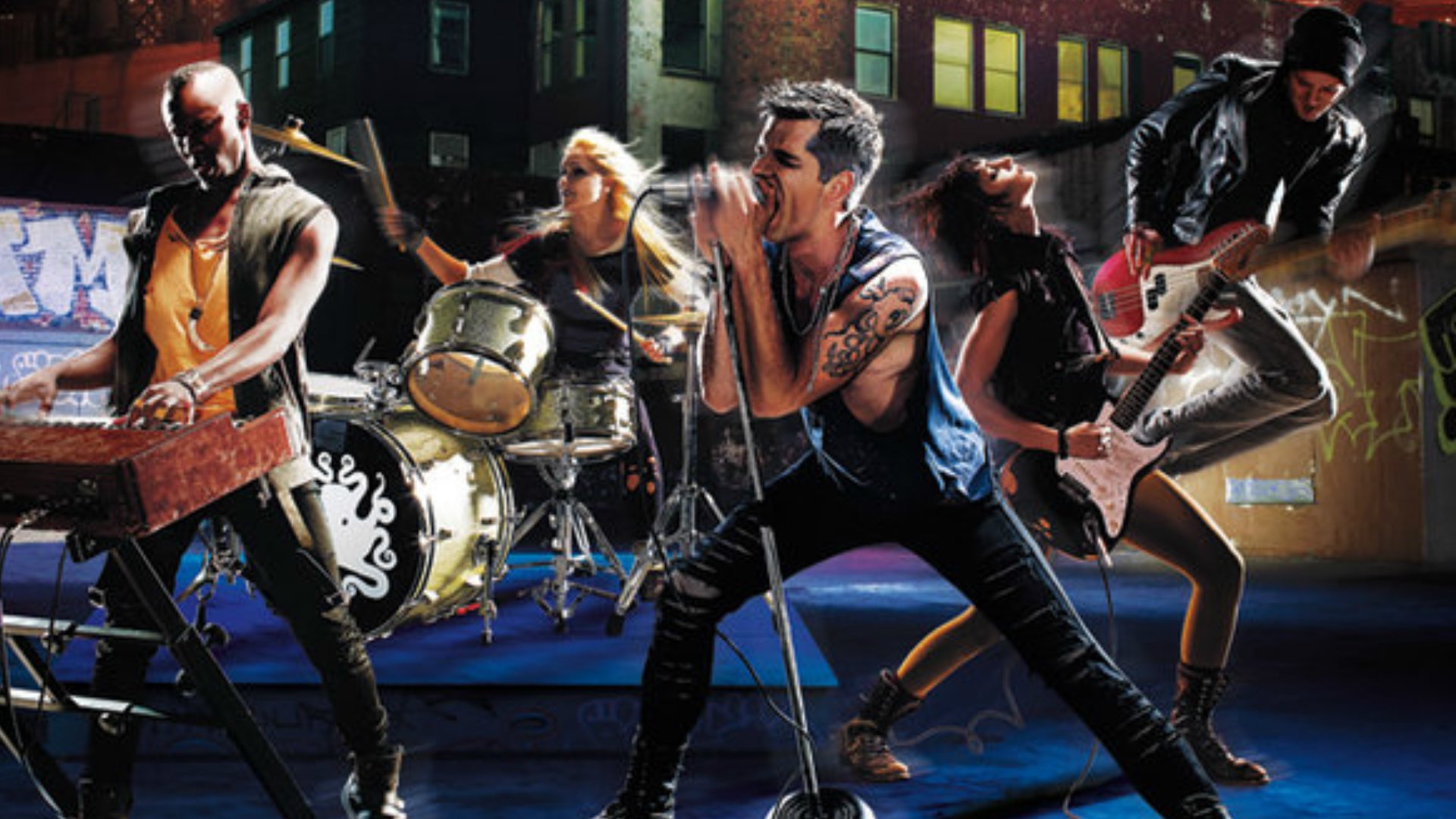
Harmonix released a keyboard accessory for their music game series, giving players access to unique songs and gameplay modes. It required a separate adapter on certain consoles and took some practice to learn. Very few other console games offered keyboard support. After players had mastered the available songs, many found they didn’t use the accessory much.
‘Rocksmith’
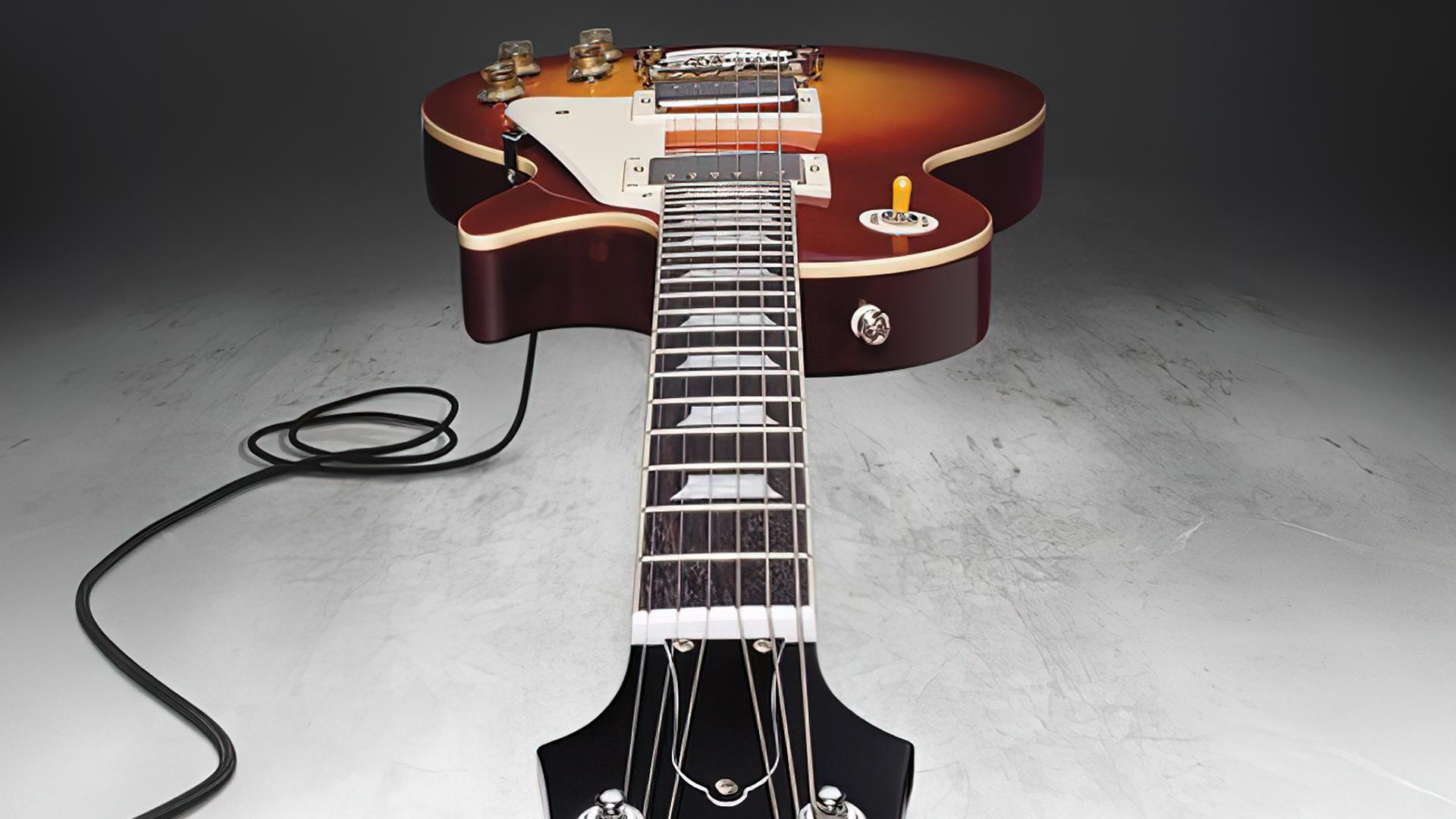
Ubisoft’s guitar learning game needed a specific cable to connect a real guitar to a computer via USB. The game only worked with this particular cable, which came either included or sold separately. After the first versions of the game, the cable wasn’t useful for anything else, effectively making it exclusive to this one learning system.
‘Wii Fit’
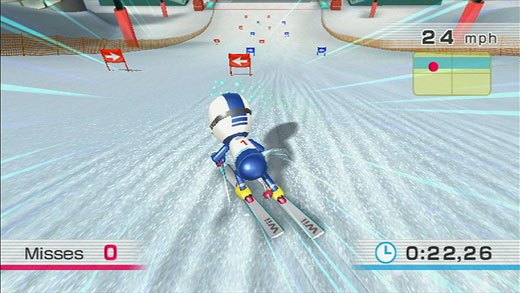
Nintendo’s Balance Board tracked your weight and how well you balanced, which was key for yoga and fitness games on the Wii. It was central to many activities and remembered each user’s progress. While a few other games worked with it, the Balance Board was mainly used with Nintendo’s fitness games, and most people kept it specifically for those.
‘Samba de Amigo’
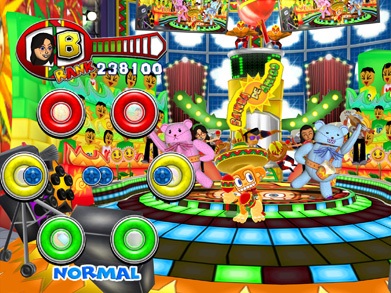
Sega’s rhythm game came with special maracas that sensed how and where you shook them. These maracas were central to the gameplay and couldn’t be used with other music games. They weren’t really used for anything else either, meaning players who bought the game and maracas had a controller that was mostly designed for just that one soundtrack.
‘Donkey Konga’
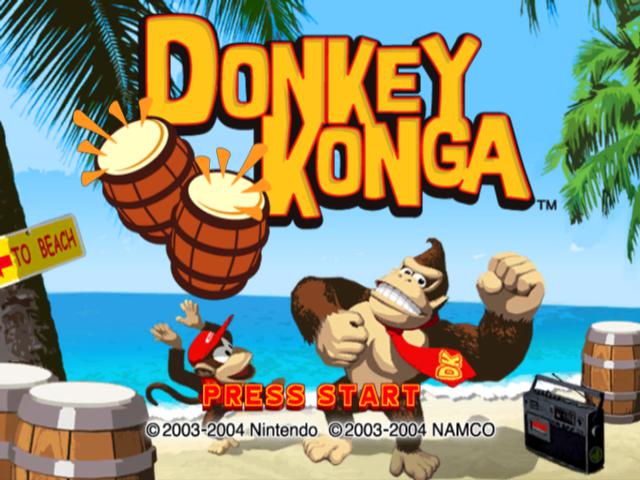
Nintendo created a unique controller: a pair of plastic bongos that could sense clapping and tapping, letting players create rhythms. While originally designed for the game ‘Donkey Kong Jungle Beat,’ the bongos weren’t really used with many other games, remaining mostly associated with that single title.
‘Taiko no Tatsujin’
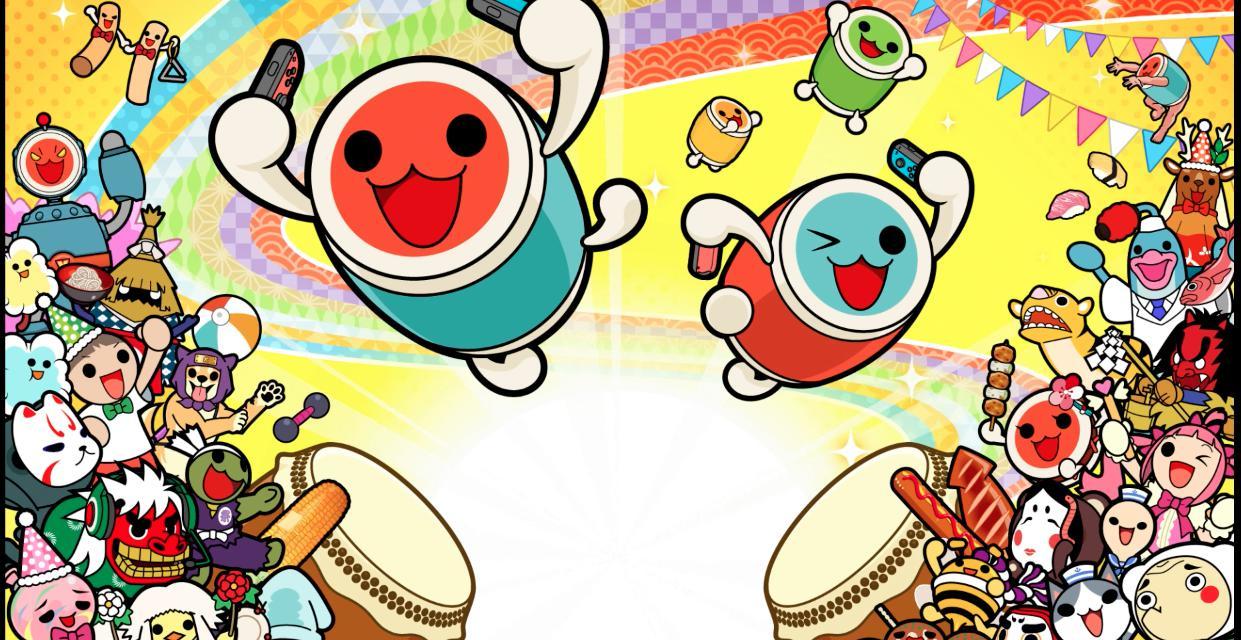
Bandai Namco’s Taiko no Tatsujin drumming game is designed around a special, large taiko drum with big buttons. While the drum is the best way to experience the game, it’s only really used with titles in this series. For most players, it ends up sitting unused because of its size and how specifically it’s made for this one type of rhythm game.
‘Sega Bass Fishing’

As a Sega fan, I remember being so excited about the fishing rod controller! It was really cool because you could actually reel things in and even do the casting motion to match what was happening on the screen. It was clearly made for one fishing game, and it worked amazingly with it. Sadly, not many other games took advantage of the reel feature, so after the initial fun of fishing at home, a lot of us ended up putting the rod away in storage.
‘Link’s Crossbow Training’
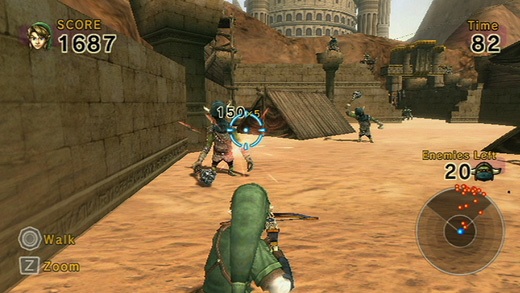
This package included a Wii Zapper shell, which transformed the Wii Remote and Nunchuk into a light gun. The game that came with it was designed around using the Zapper. While a few other shooting games supported the attachment, it wasn’t widely used, and most people only used the Zapper with the original bundled game.
‘Disney Infinity’
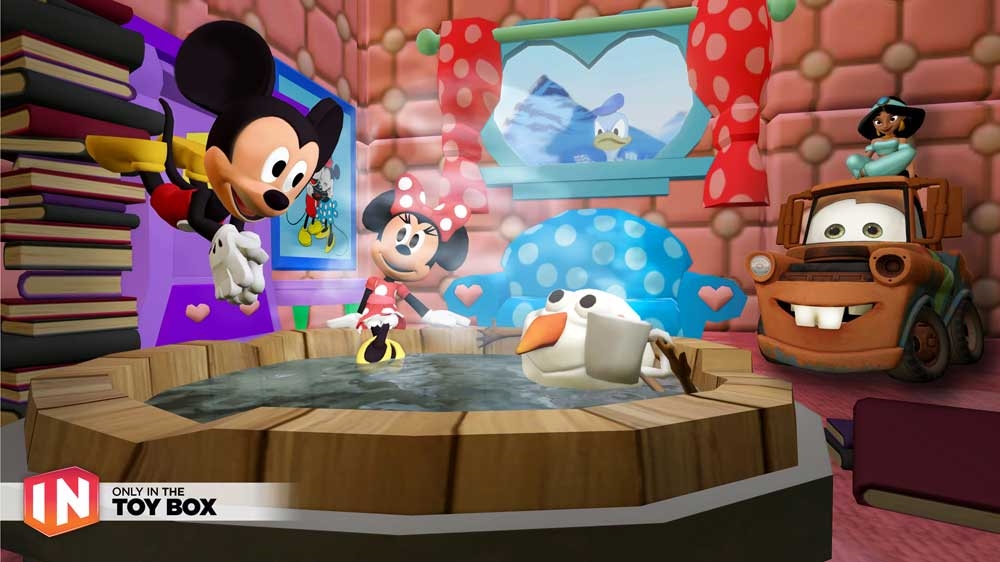
Disney’s interactive toys worked with a special USB device that read information from character figures and playsets. The game software needed this device to unlock content and track player progress. Once Disney stopped making the games, the USB device was useless, simply a connection between the toys and a game world that no longer existed.
‘Skylanders: Spyro’s Adventure’
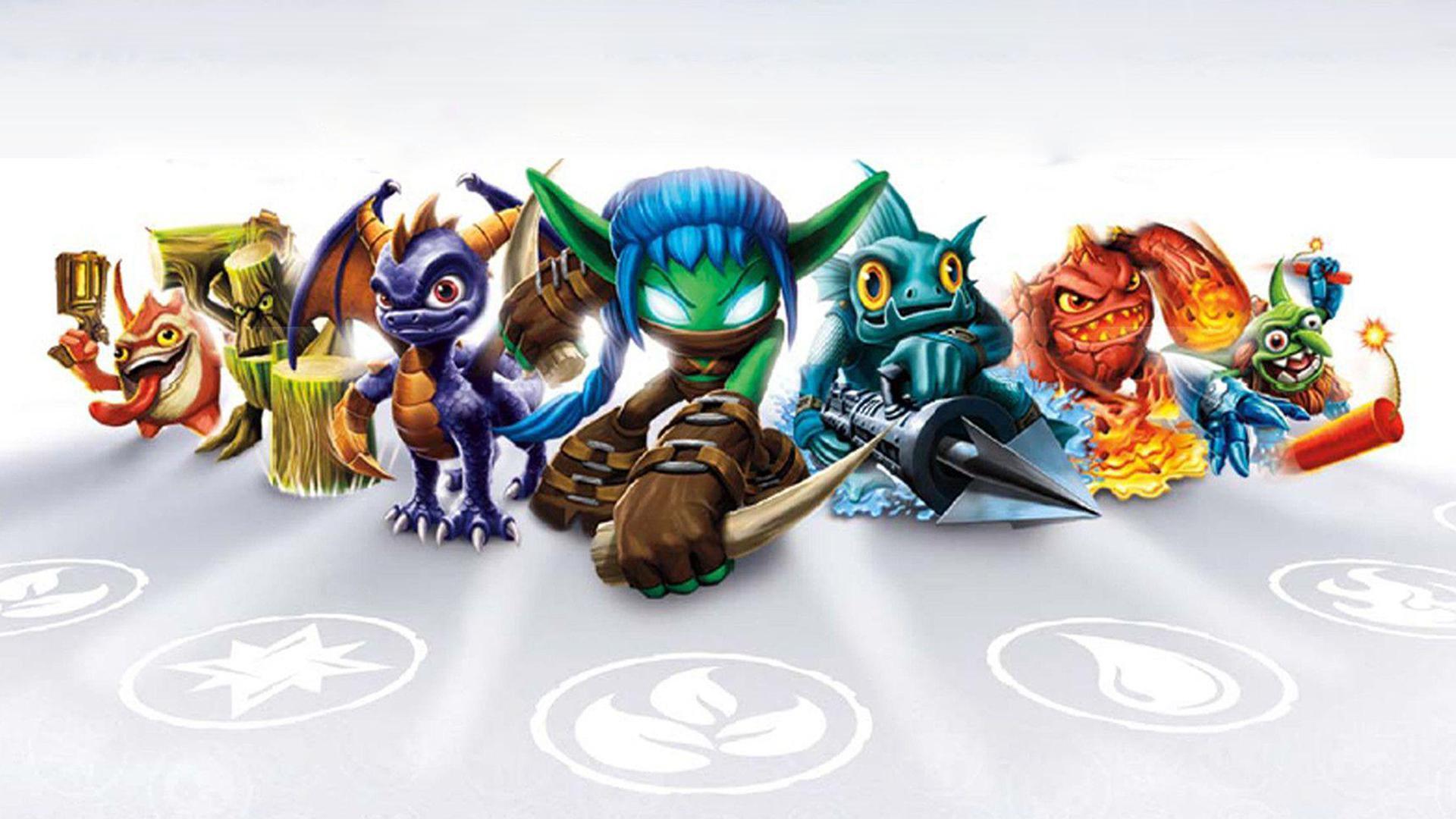
Man, I remember this game series being huge for letting you scan these little figures to unlock characters! Every time I played, I’d have to set up my toys on this special base – that’s how you got their powers in the game. A few sequels did the same thing, but honestly, no other game series really copied that exact way of doing it. Once I was done playing those games, though, the base just sat there, pretty much useless except for that one series.
‘Starlink: Battle for Atlas’
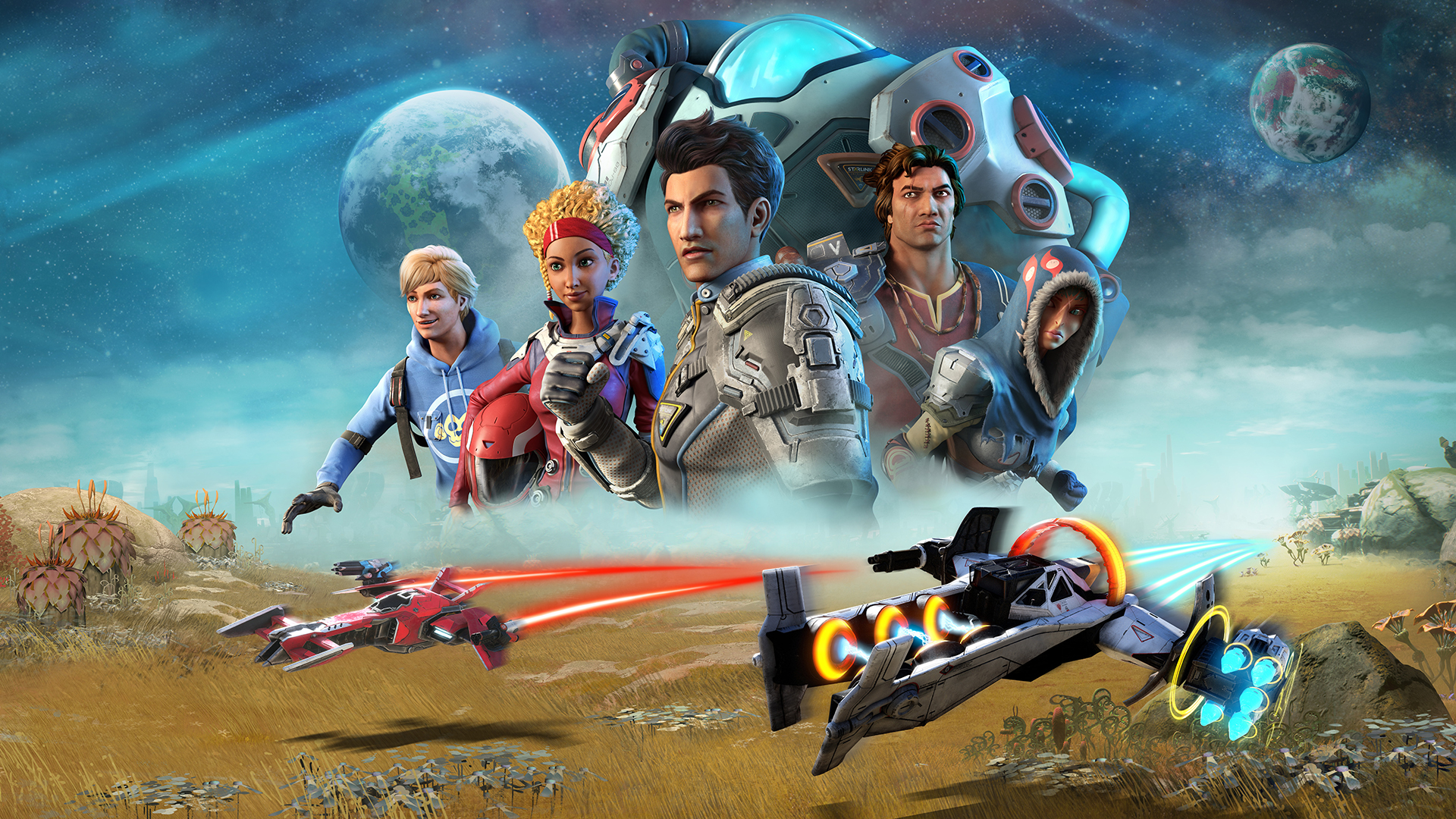
So, Ubisoft made these cool little starship toys that clipped onto a special mount for my controller. The really neat thing was I could swap out ship parts in the game as I swapped them on the mount – it changed my loadout on the fly! The game actually needed the mount and physical ships to work unless I bought a purely digital version. Honestly, it was a bit of a bummer because once I was done with that one space game, the mount and all the ship pieces just…sat there. It was totally tied to that single adventure, which felt like a waste.
‘Udraw Studio’

THQ’s tablet was designed for drawing and playing simple games using a special pen. Different versions of the tablet worked with various gaming consoles and needed specific software to run. However, only a handful of games actually supported the tablet, mostly just offering basic art tools. Once those few games were played through, the tablet ended up gathering dust in a drawer.
‘Kinect Star Wars’
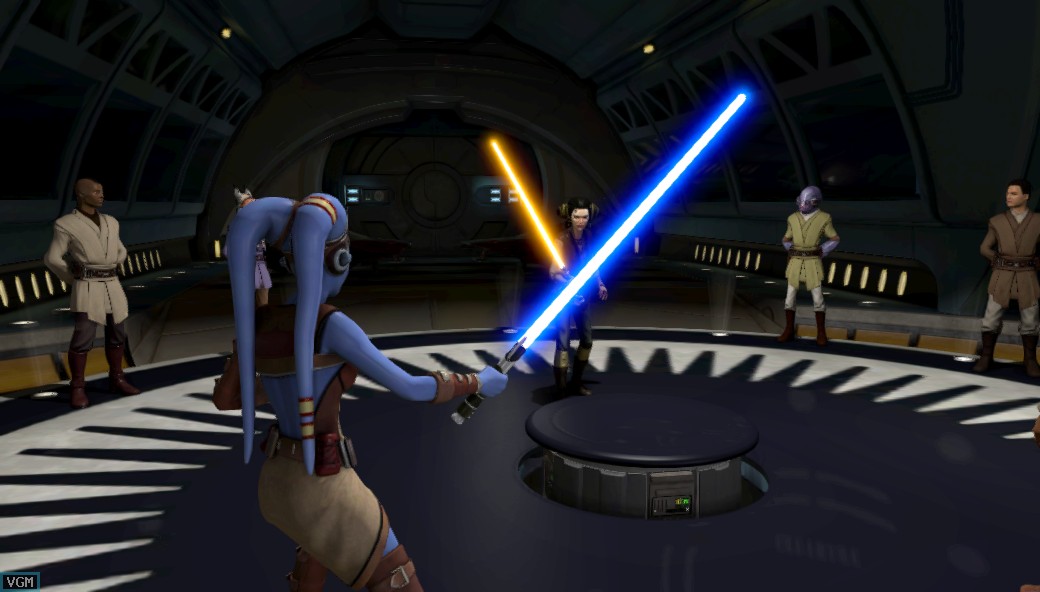
As a huge fan, I remember how cool it was when Microsoft’s Kinect let you actually swing a lightsaber and use Force gestures in the game! It really relied on having that Kinect camera to work, and the whole experience was built around moving your body. It’s a shame not many other games took advantage of that same motion control tech. If you bought the camera just for this game, you probably didn’t get a ton of other uses out of it, which was a bit disappointing.
‘EyeToy: Play’
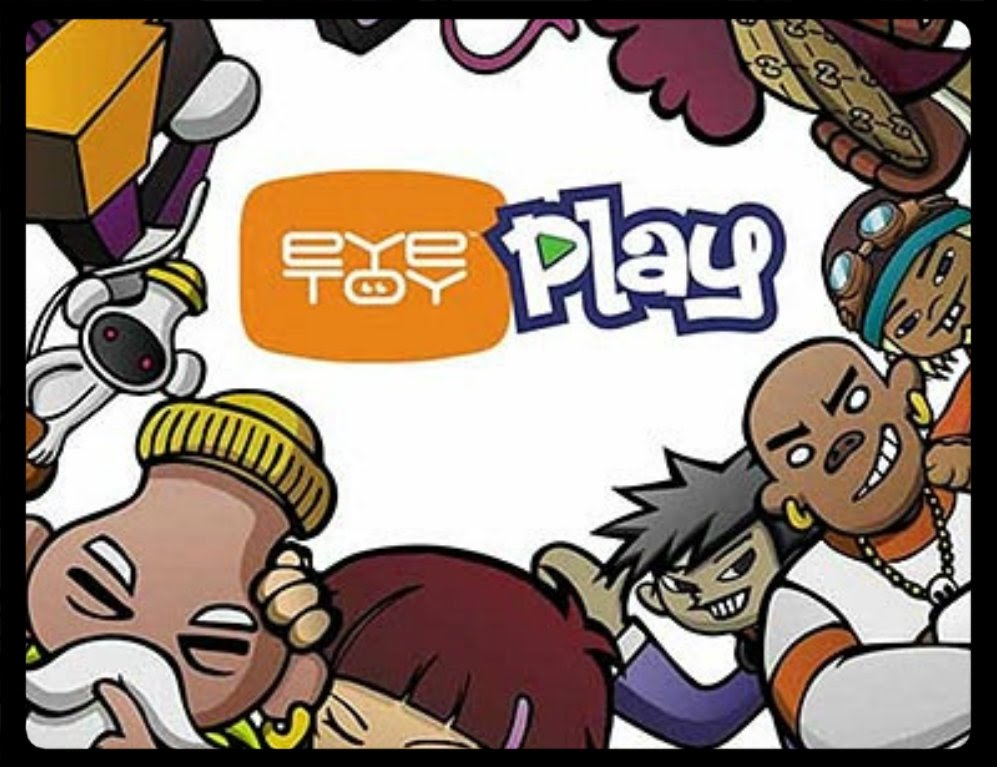
Sony’s USB camera allowed for fun party games that responded to players’ motions. While a few other games also used the camera, it was primarily known for these motion-based party games, and it didn’t become widely popular with other developers. As a result, it often remained bundled with and sold alongside that particular game series.
‘Mario Kart Live: Home Circuit’
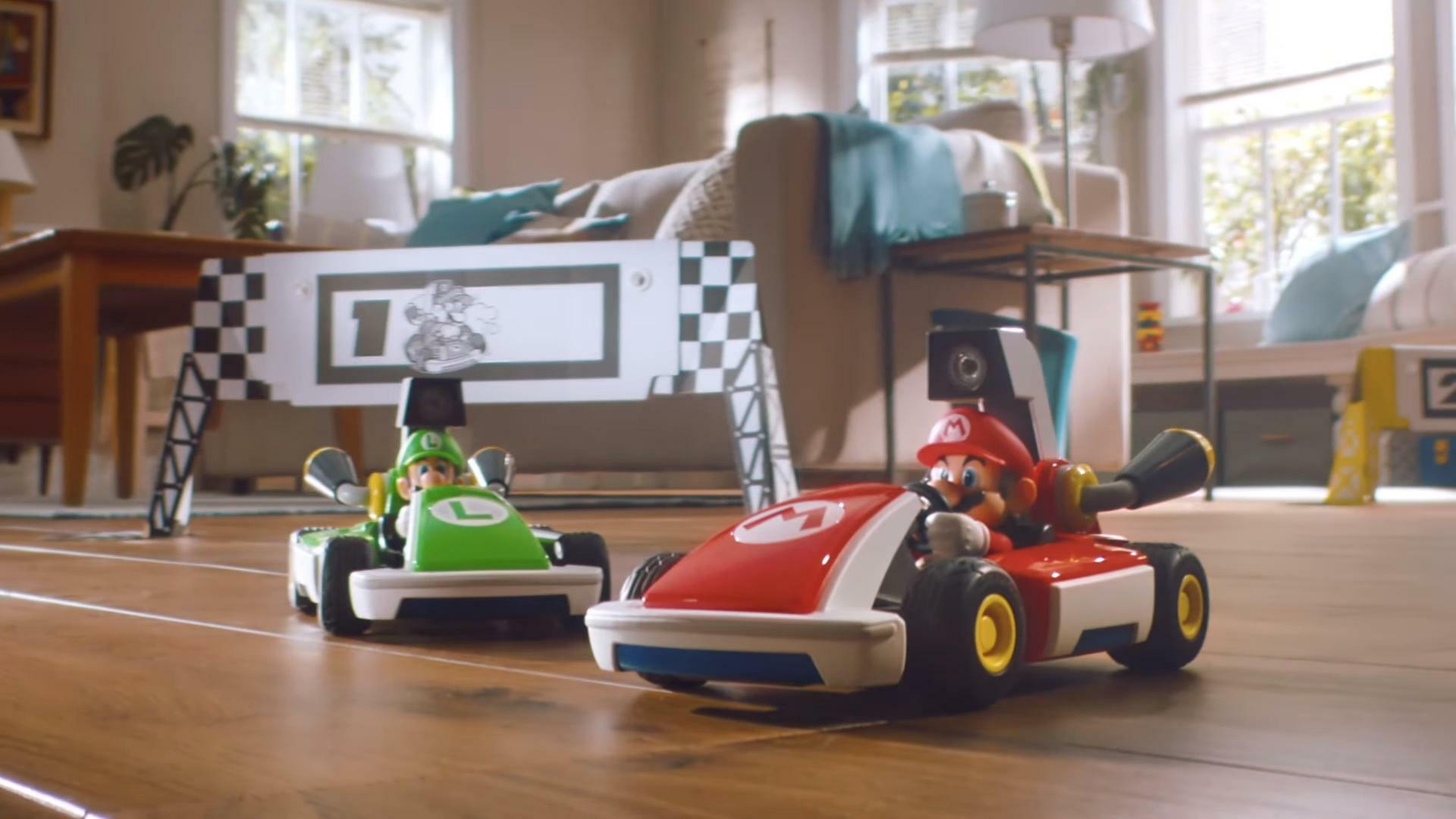
Nintendo experimented with a unique at-home racing system by combining RC cars, a camera, and cardboard tracks to create a mixed-reality experience. The software only functioned when the car and track were physically arranged in a room. While interesting, the system didn’t expand to other Nintendo games, and the need for specific hardware and space limited it to being a one-time project.
‘Nintendo Labo’
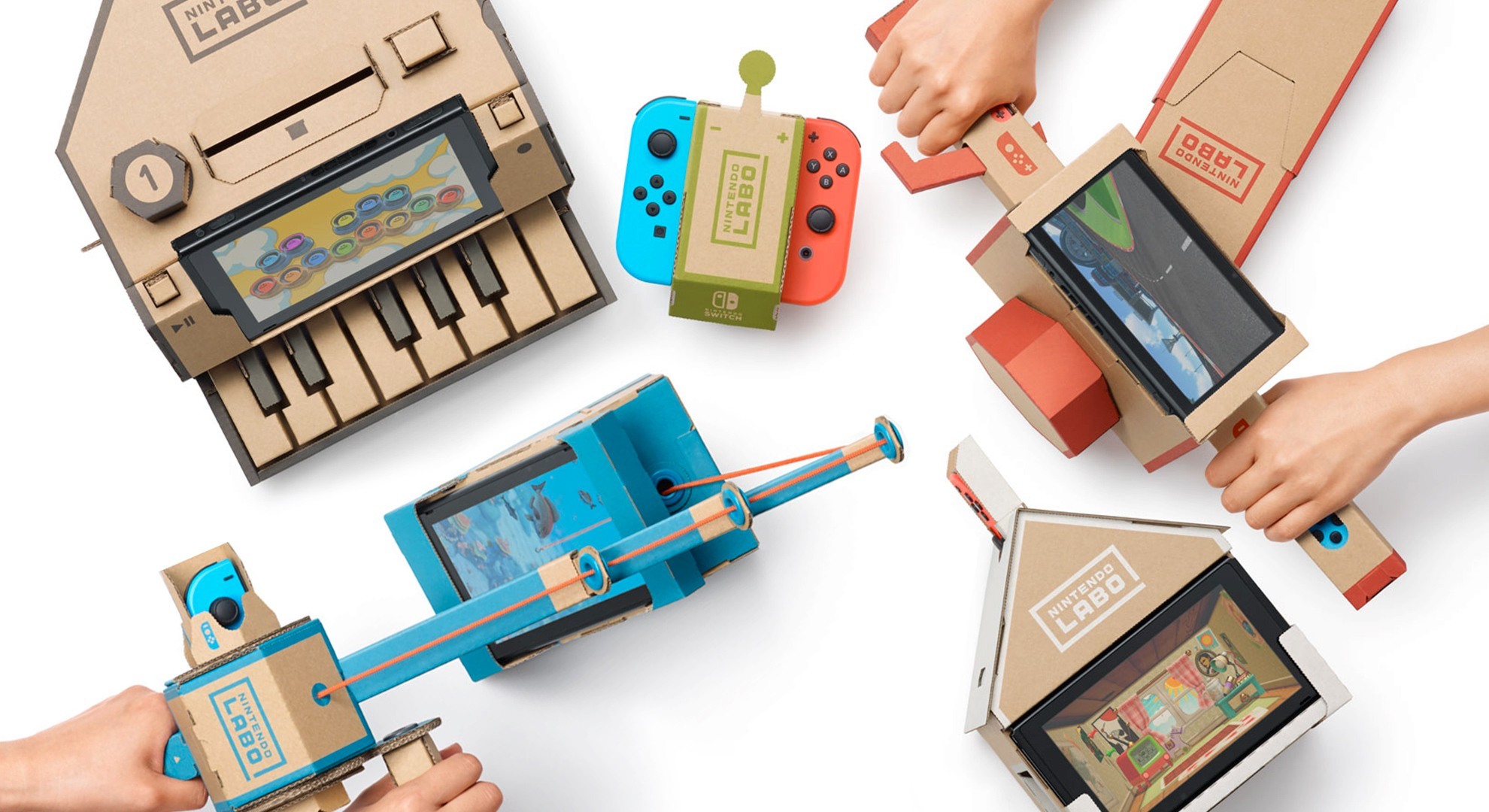
Labo kits used specially designed cardboard constructions that connected to the Joy-Con controllers to run unique software. Each kit was made for a particular set of projects, and the games only worked with those specific cardboard builds. Once you finished the included games, the cardboard creations didn’t have much purpose beyond that. They were enjoyable to build, but were really meant to be used with the apps they came with.
Tell us about any gaming accessories you purchased for just one game, and whether you ended up using them for anything else. Share your experiences in the comments!
Read More
- Fed’s Rate Stasis and Crypto’s Unseen Dance
- Blake Lively-Justin Baldoni’s Deposition Postponed to THIS Date Amid Ongoing Legal Battle, Here’s Why
- Dogecoin’s Decline and the Fed’s Shadow
- Ridley Scott Reveals He Turned Down $20 Million to Direct TERMINATOR 3
- Baby Steps tips you need to know
- Global-e Online: A Portfolio Manager’s Take on Tariffs and Triumphs
- The VIX Drop: A Contrarian’s Guide to Market Myths
- Top 10 Coolest Things About Indiana Jones
- Northside Capital’s Great EOG Fire Sale: $6.1M Goes Poof!
- A Most Advantageous ETF Alliance: A Prospect for 2026
2025-11-21 00:46